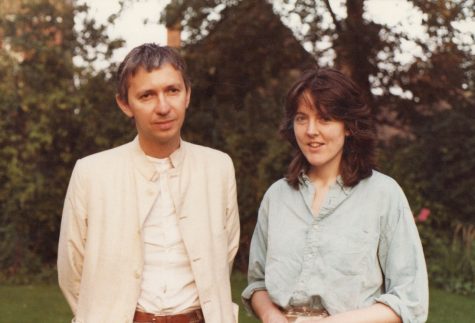


“We have lost a great man, artist, teacher, friend. Such a powerful inspiration and mentor to so many artists and writers, he was certain and questioning, powerful and vulnerable, a great listener and scholar. Tim helped us build the Drawing School and taught there for 25 years. It would have been a much duller, less interesting place without him, of course, and so many of us owe him and loved him so much. When we first started, Christopher Le Brun said ‘we need Tim’ and how right he was.” — Catherine Goodman CBE LVO, Founding Artistic Director Royal Drawing School.
Guardian obituary, 15 November 2024.
Cookie Consent
We use cookies to improve your experience on our site. By using our site, you consent to cookies.
Cookie Preferences
Manage your cookie preferences below:
Essential cookies enable basic functions and are necessary for the proper function of the website.
These cookies are needed for adding comments on this website.
Statistics cookies collect information anonymously. This information helps us understand how visitors use our website.
Google Analytics is a powerful tool that tracks and analyzes website traffic for informed marketing decisions.
Service URL: policies.google.com (opens in a new window)
Marketing cookies are used to follow visitors to websites. The intention is to show ads that are relevant and engaging to the individual user.